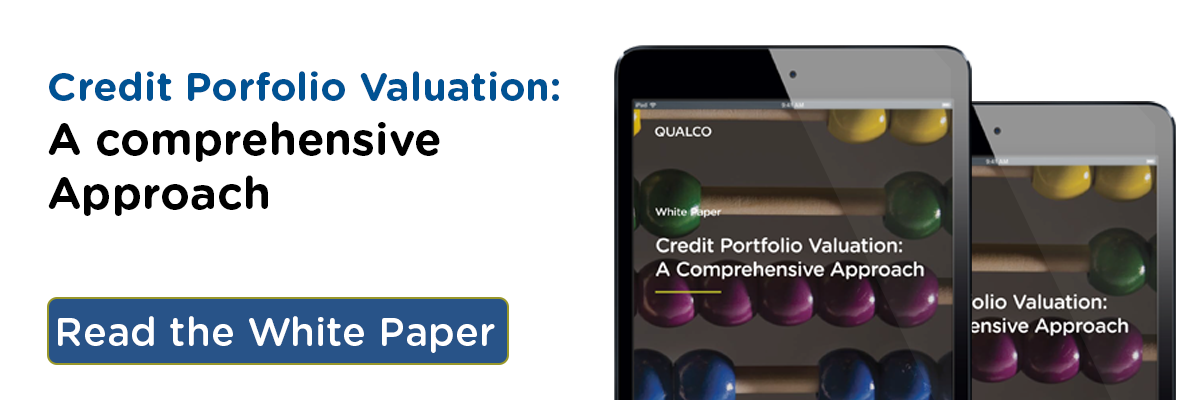The complexities of cost should not be neglected in portfolio valuation.
In discussing portfolio valuation, the emphasis is usually placed on the revenue side of the equation. While complex process- or data-driven models are used to model the amounts collected, cost estimates rarely receive the same detailed attention. Instead, they are often estimated as a percentage of the portfolio’s book value or estimated recoverable value.
This approach is, to put it simply, incorrect. When examined at a granular level, the cost and revenue come from different parts of the portfolio, due to the simple fact that some (or even most) customers will not pay, no matter how much effort is spent on them. The difference can become extreme in the case of very costly processes, such as litigation.
Crucially, this is true even in cases where the portfolio is outsourced at rates linked to the cash collected: the outsourcers involved will still incur costs on non-performing parts of the portfolio and will factor this into their rates. Costs may also follow a different time profile to revenue, with a large proportion of the total cost incurred during portfolio onboarding.
A better approach is to follow the same methodology for cost modelling as for revenue modelling. A granular set of process- or data-driven models can be used to estimate the expected costs associated with every single account, so that a per-account net recovered amount can be computed. Maximising recoveries under the current management approach is then simply a matter of dropping accounts with net negative recoveries on the floor.
Of course, any organisation should be able to do better than abandoning parts of its portfolio, but any treatment of net-negative accounts necessitates a change in management approach. That could be adopting new processes, carving out a part of the portfolio to be sold off to specialist servicers, or returning it to the originator in exchange for a better-performing segment.
Cost modelling as part of a comprehensive valuation methodology will not only make the valuation more accurate, it will also help to maximise recoveries and indicate areas where changes in portfolio management strategy are needed.
For more information read our White Paper: Credit Portfolio Valuation: A Comprehensive Approach.



